Sandra Hale Schulman
Special to ICT
Beaver tacos. Venison and corn salad. Rabbit soup. Prairie pesto. Balsam fir braised moose.
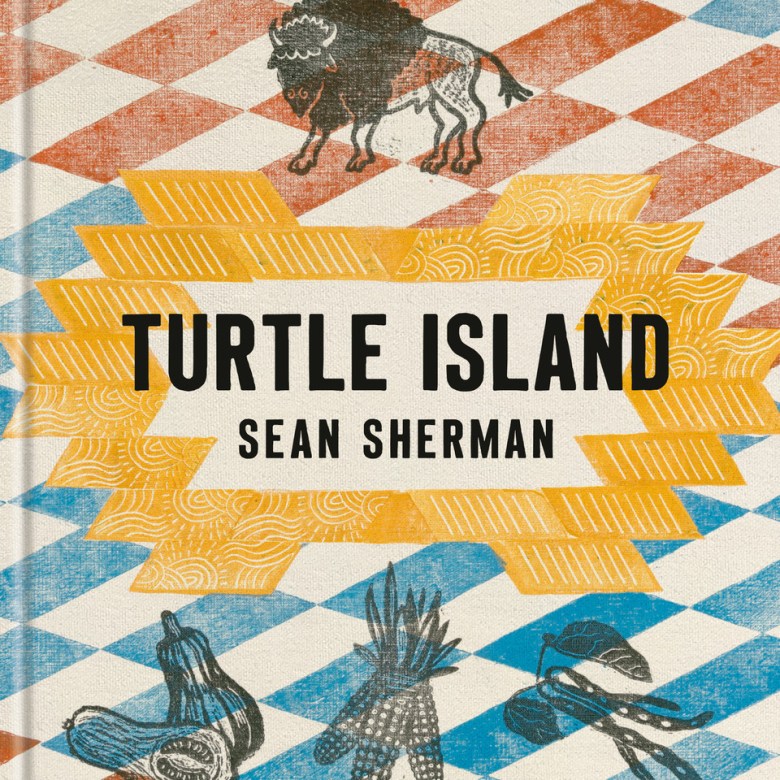
These are just a handful of imaginative recipes featured in a remarkable new book, “Turtle Island: Foods and Traditions of the Indigenous Peoples of North America,” from three-time James Beard Award-winning Oglala Lakota chef Sean Sherman. More than a continental cookbook, Sherman dives into 13 regional histories, showing the land, culture, agriculture and pure inventive skill of Indigenous cuisine.
In 150 recipes from iguana to whale paired with lush, enticing photography on nearly every page, Sherman invites readers to uncover the stories behind the foods that have linked natural environments, traditions and histories of Indigenous peoples across North America for millennia.
Growing up on South Dakota’s Pine Ridge Reservation, Sherman understood that his people’s food was rich in flavor, heritage and connection to the land, but he didn’t see it being made outside the rez. That revelation sent him on a journey to learn more about how Indigenous communities have preserved and evolved their cuisines for centuries.
A leading figure in the Indigenous food movement, Sherman shares the unique and diverse Native foodways of North America through both traditional and modern recipes made with ingredients that nourish Indigenous peoples physically, spiritually and culturally.
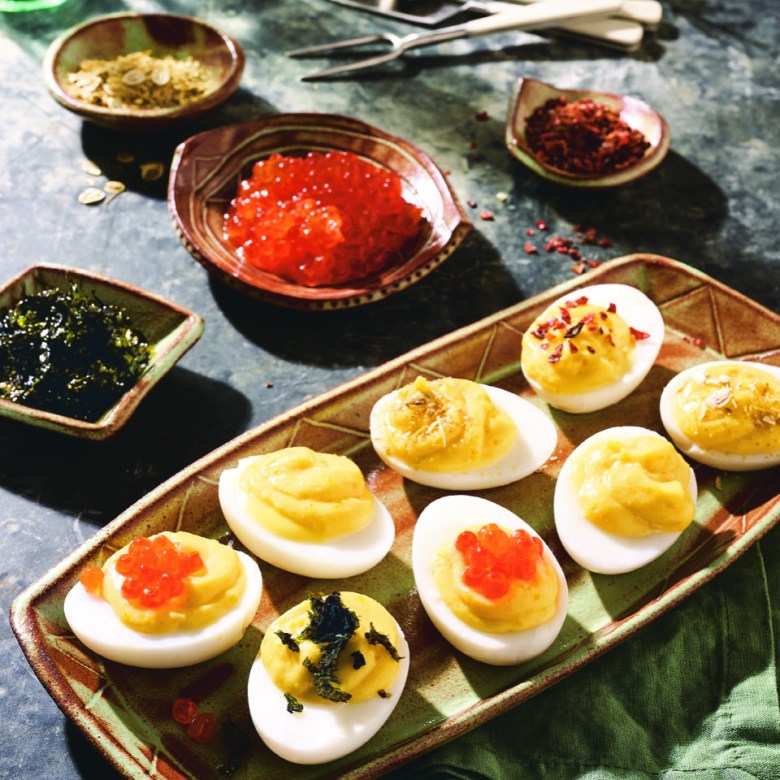 Stuffed eggs with Arctic garnishes. (Courtesy photo)
Stuffed eggs with Arctic garnishes. (Courtesy photo)
Sherman’s 2017 debut book, “The Sioux Chef,” brought him major acclaim and has sold over 100,000 copies. How did he approach the new book as opposed to the first one?
“The first one was a project I started early on in my career because I started my company, the Sioux Chef, in 2014,” Sherman told ICT from Minneapolis, “and I’d already been working on Indigenous foods there. We formed an official company and started doing events. Really the purpose was I wanted something for education because I was doing more public speaking and traveling around, and I wanted to bring something with me that shared the philosophy.
“The cookbooks that I had seen previously didn’t have what I was looking for, which was breaking down where did we get salts, fats and sugars and how do we approach thinking about Indigenous foods moving forward by understanding the effects of colonialism.”
Sherman is set on removing dairy, wheat flour, cane sugar, beef, pork and chicken – all colonial foods. Sorry, Indian tacos! He says the first book was about showcasing how he was approaching that and had personal stories about growing up with Indigenous foods.
“A lot of those recipes were more simplistic than what this new one is. I just wanted a cool book for education, but that book took off on its own, with the James Beard award right out of the gate. That surprised people because you don’t typically see those kinds of awards coming from a small university press.”
For the new book, he put together a proposal in 2020 and started building the team.
“It’s bigger in scope. We ended up landing a deal with Clarkson Potter and also sold it to Penguin Random House in Canada at the same time. I wanted to highlight the immense diversity that’s out there in Turtle Island from Mexico through Alaska, erasing colonial borders. I was looking at this tapestry of Indigeneity that lies out there and understanding the different food systems all over the place.
“Everywhere you go, people have a deep sense of the plants and things that are special to them and around them to the cultures and region. All we could do even with a pretty massive book is barely scratch the surface, because every single chapter literally could be its own book.”
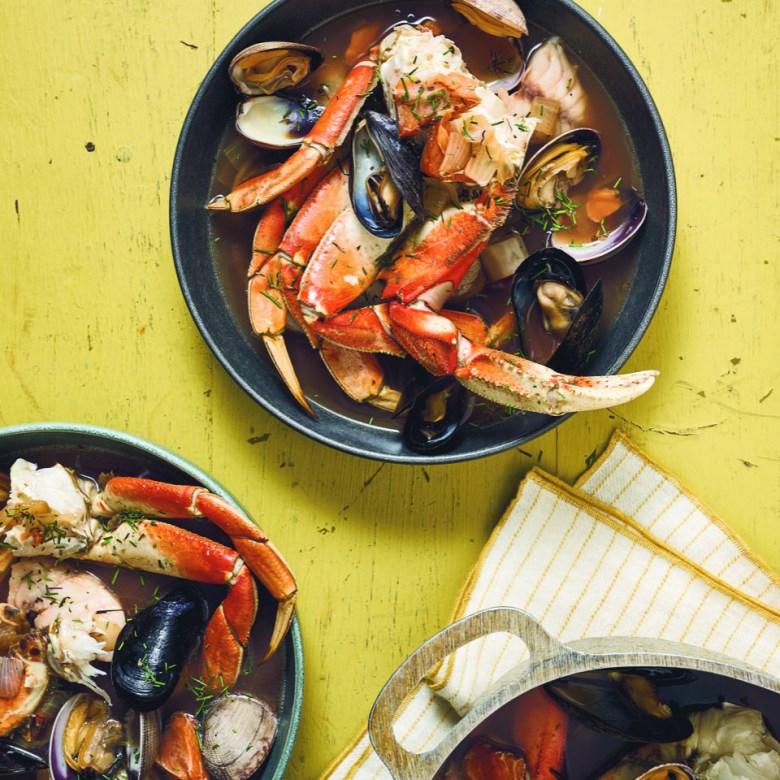 West Coast seafood stew. (Courtesy photo)
West Coast seafood stew. (Courtesy photo)
The book is broken up into 13 regions to signify the 13 segments on a turtle shell, used for ceremony and moon calendars. He incorporates wild foods, protein diversity, and different animal groups.
“Across the book you’ll find everything from iguana to whale in there,” Sherman says. “I just hope that people can utilize this as a tool to dig into their own regions, think about culture, history and diversity and how those regions stand apart from everywhere else. Our food systems are so homogenized that every restaurant basically tastes the same. I feel like we’re at a space where we can start to bring in foundational understandings of the Indigenous communities and contributions that we’ve had on global cuisines, but also regional and across North America. Food is such a powerful way to push us forward.”
Sherman has recipes in the new book from other chefs, such as Mashpee Wampanoag Sherry Pocknett, as he says he is not centering himself and wants to spotlight chefs in other regions showcasing and highlighting their crafts.
The photos by David Alvarado are exceptional, with imaginative plating, inspired craft props and gorgeous lighting. These recipes must be seen as some ingredients are region specific and words alone can’t do justice to the finished dish.
“We had a really talented photographer from Mexico City, David Elvarado, along with a Lakota photographer from Pine Ridge, Jada Gray Eagle. We were doing a lot of the stylizing there and it was a lot of fun to see how each recipe came alive, and we were tasting everything. We had three different photo shoots throughout the year because we had a springtime one here at my home so we could catch a lot of spring vegetables like ramps, morels, wild ginger and then we did one in late summer; and then one down in Mexico.
“The real fun was having all sorts of crazy stuff coming into the house all the time, like here’s a package of moose, here’s a package of beaver, here’s a package of iguana! Any animal can be protein but some of these are very cultural, and we wanted to highlight protein diversity.”
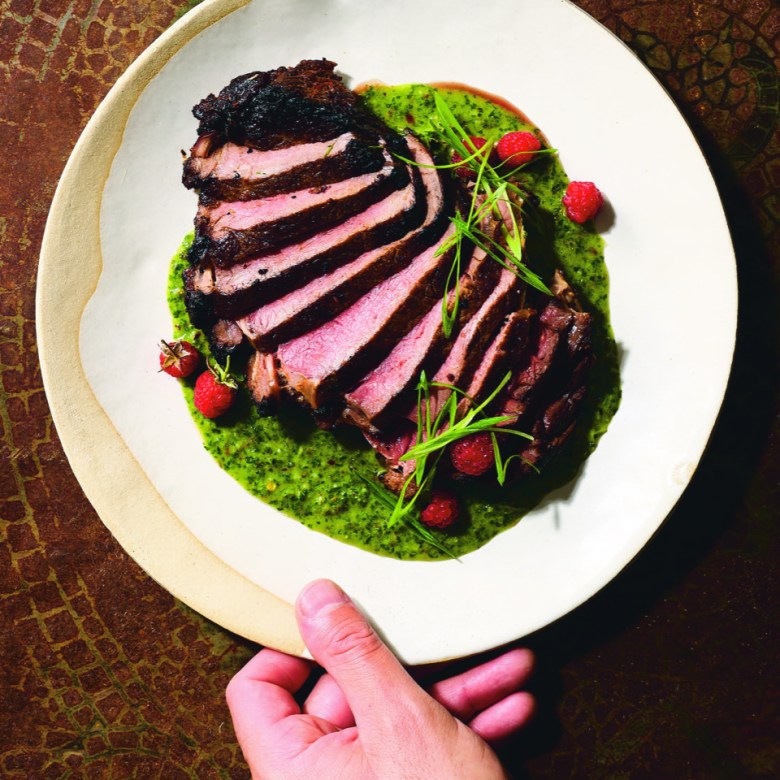 Smoked bison rib eye. (Courtesy photo)
Smoked bison rib eye. (Courtesy photo)
Protein diversity can be tricky as Sherman warns in the beaver tacos recipe to not pierce the castor glands as they are very stinky and used to mark territory.
“You better know what you’re doing!” he says. “We’re not trying to be traditionalists, we’re trying to be futurists because we’re trying to envision a better future, so we do have a few traditional recipes but the large majority of them are working with the challenge of trying to create Indigenous foods for now and for the future.”
In the spirit of giving back and sharing, Sherman hosts conferences in Minneapolis with over a dozen Native chefs from all over Turtle Island to cook and exchange creative and business plans.
“We’re trying to be a role model and a support center to help others along. It’s difficult. Restaurants are tricky and expensive. It takes a lot of effort, and we want to support people to get more native foods out there. We’re also moving into making native foods for schools and hospitals to feed their students and patients. It’s really medicine.”
“We should really be working together as communities for our food systems and that’s a big part of what food sovereignty is, returning that power to ourselves of how we grow food, buy food and how we prepare our food and the health that we put into it – the love and respect that we put into it. There’s so much that we need to consider as we move our dial closer towards humanity instead of worrying about left or right.”
“Turtle Island” launches November 11 with a national tour. Signed copies are available for pre-order exclusively through author and store owner Louise Erdrich’s Birchbark Books.
Related

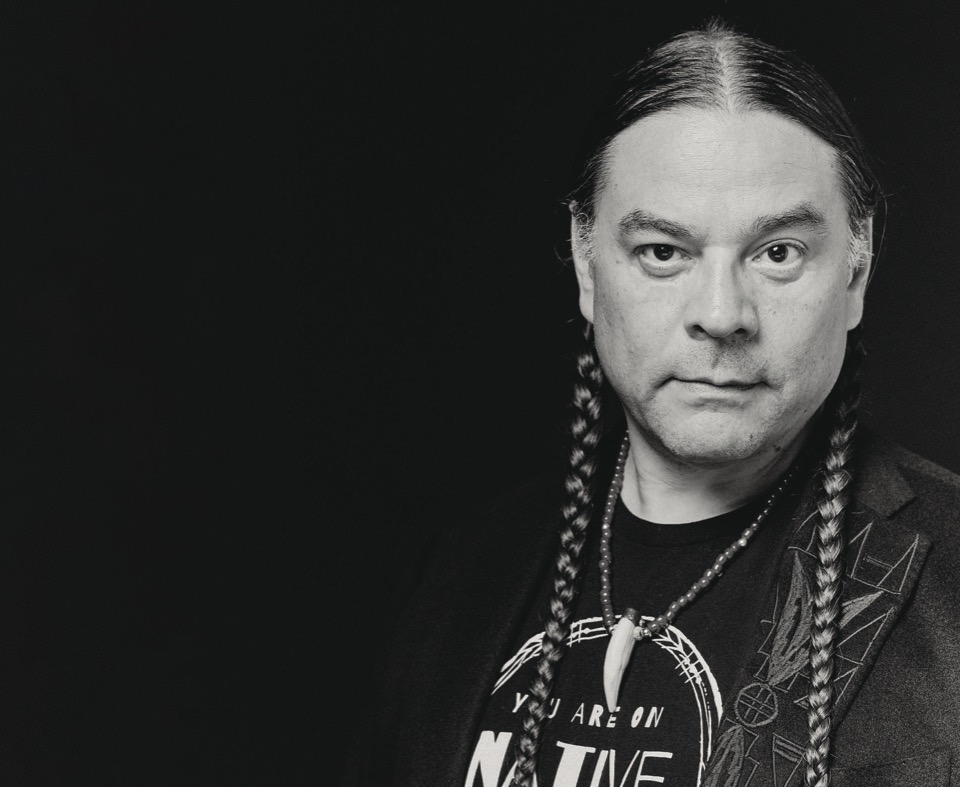
Dining and Cooking